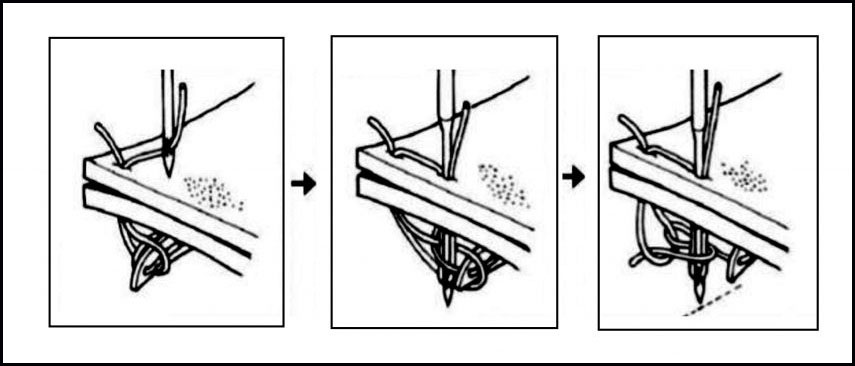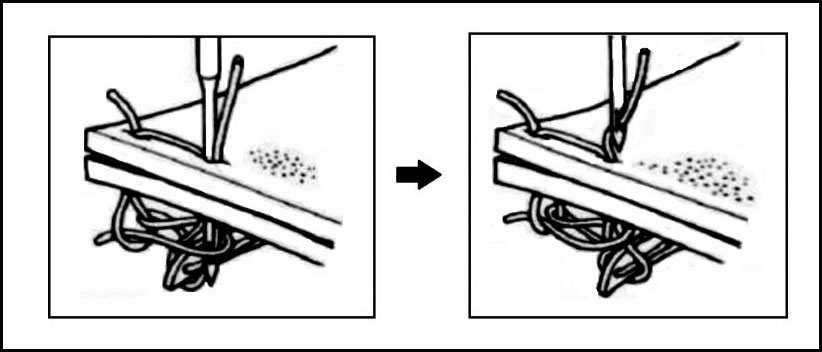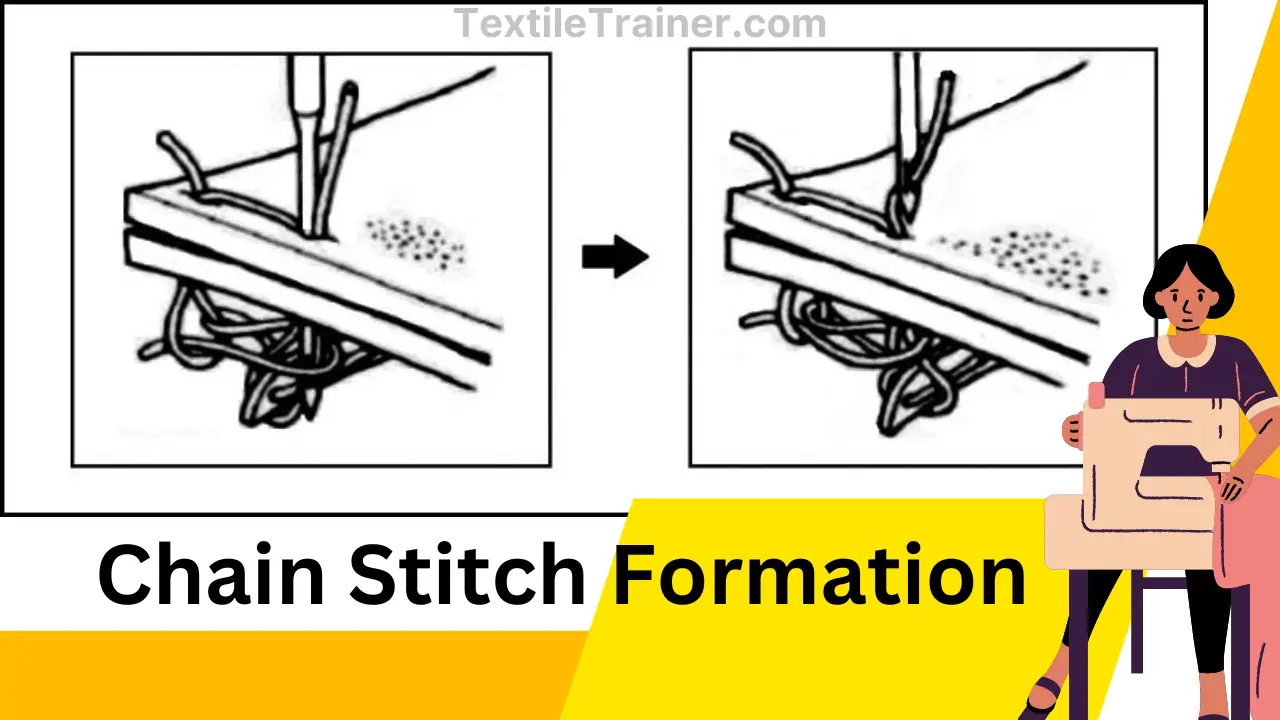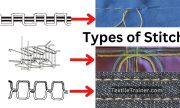Name of the Experiment:
Study on Mechanism of Chain Stitch Formation
Introduction:
For centuries, chain stitch embroidery and sewing have been used to create gorgeous and intricate designs on fabric, as a versatile and widely used embroidery and sewing technique. As opposed to other stitches that create individual loops, the chain stitch is composed of a continuous series of interlocking loops, creating the appearance of a chain. In addition to being aesthetically pleasing, this stitch is also durable and flexible, making it suitable for many different types of embroidery projects, including decorative stitching, hemming, creating outline or filling areas, and so on. There are many ways to form chain stitches, including one or more threads, and the multi-thread chain stitch is one that is made by more than one thread. During the process of interlooping, the loops of one group of threads are linked with those of another group of threads in a multi-thread chain stitch. Our experiment will focus on stitch type-401, a multi-thread chain stitch made up of two threads, one needle and one looper thread.
Objectives:
- Learn how to stitch chain stitches and how to sew chain stitches to participants.
- In order to understand the mechanics of forming chain stitches, let’s go over them in more detail.
- The purpose of this presentation is to demonstrate variations and applications of chain stitching.
Mechanism of Chain Stitch Formation:
Step-1:
With the help of the thread, the needle is inserted through the fabric and reaches its lowest position. The needle contains the old loop around its blade, when the needle moves upward new loops will be formed as the needle moves upward.

Step-2:
The new loop is caught by the looper (above the needle eye below the old loop) and the needle moves upward, with the old loop being cast off from the needle blade. The new loop is still being held by the looper as it slides on top of the old loop. A stitch must be formed under the fabric between the old and the new loops. As a result of the feed dog mechanism, the fabric is also moved one stitch forward during this time.

Step-3:
Afterwards, the looper enlarges the new loop, so that when the needle again enters through the fabric, it passes through the loop. Then, the looper leaves the loop that was holding on to the needle blade, and this loop now becomes the old loop.

Effect of Tension on Chain Stitch Formation:
- As a result of improper tension, the stitches may be uneven or gathered, resulting in unsatisfactory results.
- High tension is one of the factors that can cause thread to break during stitching.
- Distortion of fabric can be caused by tension issues, which can cause the fabric to pucker or warp.
- An enhanced stitch quality and durability is ensured by the well-balanced tension throughout the stitches.
- In terms of overall aesthetics, the chain stitch is enhanced by the appropriate tension, which improves its visual appeal.
Precaution:
- It is important to choose the right needle size and type for the fabric and thread that you are working with.
- Adjust the tension settings in order to achieve a balanced stitch by adjusting the tension settings.
- Make sure that the thread thickness is suitable for the fabric: Make sure the thread thickness is suitable for the fabric.
- In order to prevent unraveling, secure the starting and ending points by backstitching or knotting them.
- Maintaining your machine or hoop on a regular basis means cleaning and oiling it regularly.
Conclusion:
It has been a pleasure to explore the chain stitch technique, which has provided a number of valuable insights into this versatile embroidery and sewing method. The participants have gained the knowledge and skills necessary to incorporate the chain stitch effectively into their projects by understanding its mechanics, variations, and applications. Thanks to our teacher for helping us.






